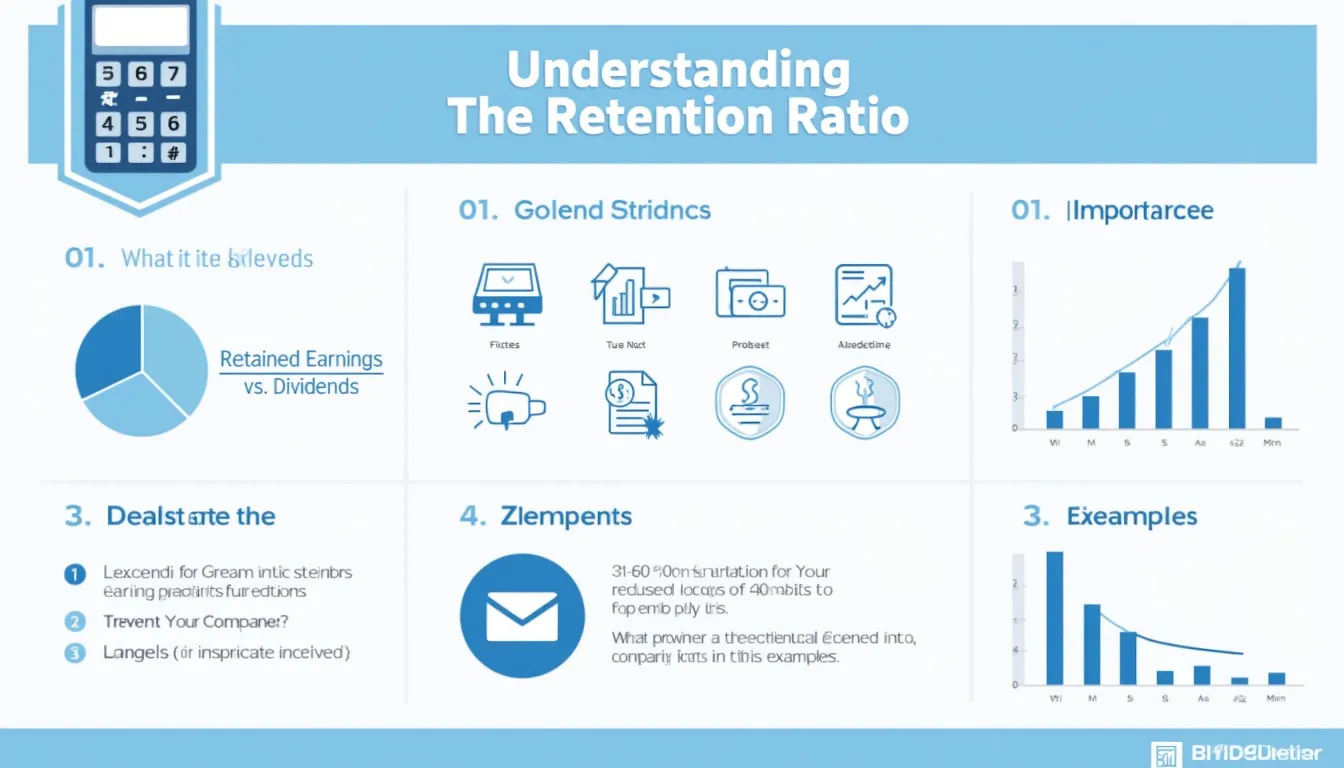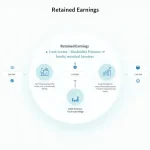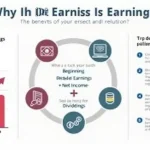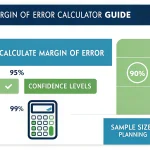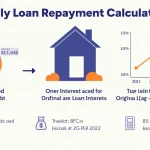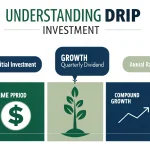Retention Ratio Calculator
Is this tool helpful?
How to use the tool
- Net Income (USD) – type the company’s bottom-line profit. Example entries: 6 000 000 or 915 450.
- Dividends (USD) – enter cash paid to shareholders. Example entries: 1 200 000 or 225 000.
- Press Calculate; the script divides retained earnings by net income and shows a percentage.
Formula used
$$\text{Retention Ratio}= rac{\text{Net Income}-\text{Dividends}}{\text{Net Income}}$$
Example A
Net Income = 6 000 000, Dividends = 1 200 000
$$ rac{6 000 000-1 200 000}{6 000 000}=0.80=80\%$$
Example B
Net Income = 900 000, Dividends = 225 000
$$ rac{900 000-225 000}{900 000}=0.75=75\%$$
Quick-Facts
- The ratio ranges from 0 % (all paid out) to 100 % (nothing paid) (CFI, 2023).
- S&P 500 firms retained 56 % of earnings in 2022 (FactSet, 2023).
- Global dividends totaled $1.56 trillion in 2022 (Janus Henderson, 2023).
- High-growth tech companies often keep >80 % of profits (McKinsey Global Institute, 2022).
FAQ
What is the retention ratio?
The retention ratio is the share of earnings a company keeps for reinvestment or debt reduction instead of paying dividends (Investopedia, 2023).
How does this calculator work?
You enter net income and dividends; the script subtracts dividends from income and divides by income to return a percentage.
Why can’t dividends exceed net income?
Dividends paid above earnings would require borrowing or using reserves, so the tool blocks that entry to mirror prudent finance practice (SEC Guide 3, 2020).
What is a “good” retention ratio?
Growth firms aim for 50–100 %, while mature utilities average 25–50 % (Morningstar Sector Report, 2023).
How does retention relate to the dividend-payout ratio?
The two always sum to 100 %. A 70 % retention implies a 30 % payout (CFI, 2023).
Can the ratio be negative?
No. Negative values would mean dividends exceeded earnings, a condition disallowed under most corporate statutes (Delaware Code §170, 2022).
Does a high ratio boost valuation?
Retained earnings fund projects that raise future cash flow, which “tends to lift discounted valuation multiples” (Damodaran, 2022).
How often should you recalculate?
Analysts update the ratio each fiscal quarter to capture policy changes (PwC Financial Reporting Survey, 2023).
Important Disclaimer
The calculations, results, and content provided by our tools are not guaranteed to be accurate, complete, or reliable. Users are responsible for verifying and interpreting the results. Our content and tools may contain errors, biases, or inconsistencies. We reserve the right to save inputs and outputs from our tools for the purposes of error debugging, bias identification, and performance improvement. External companies providing AI models used in our tools may also save and process data in accordance with their own policies. By using our tools, you consent to this data collection and processing. We reserve the right to limit the usage of our tools based on current usability factors. By using our tools, you acknowledge that you have read, understood, and agreed to this disclaimer. You accept the inherent risks and limitations associated with the use of our tools and services.
